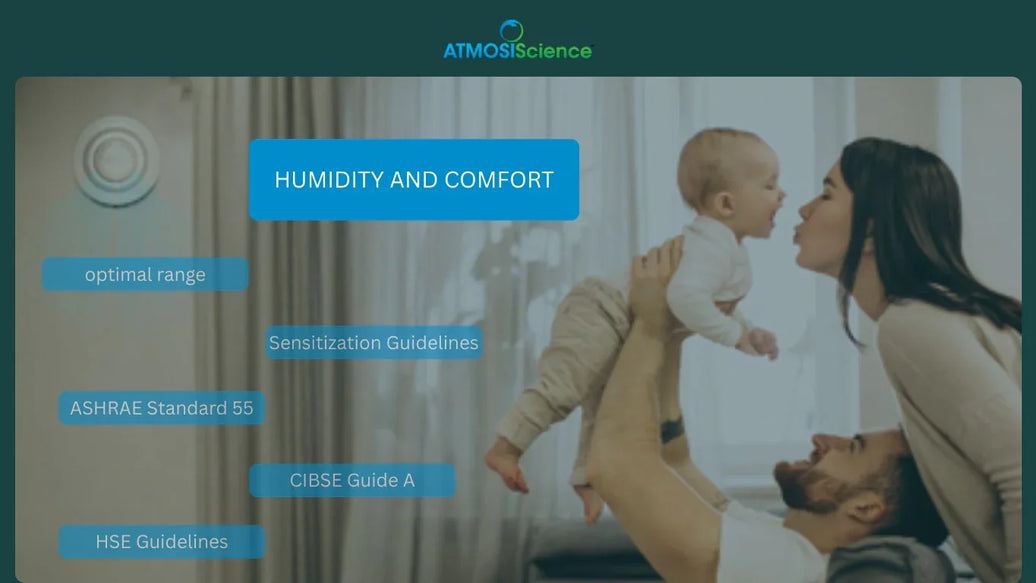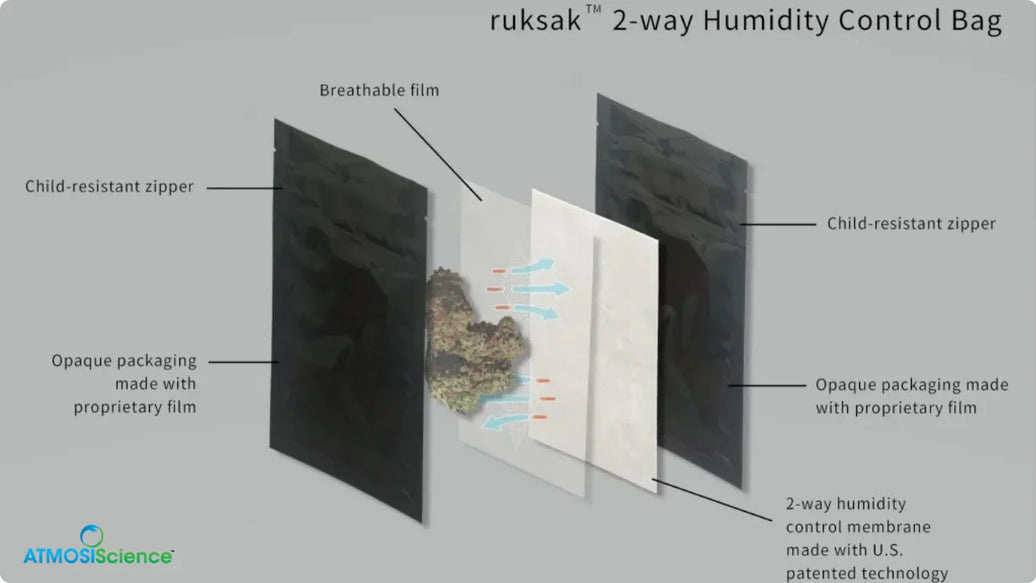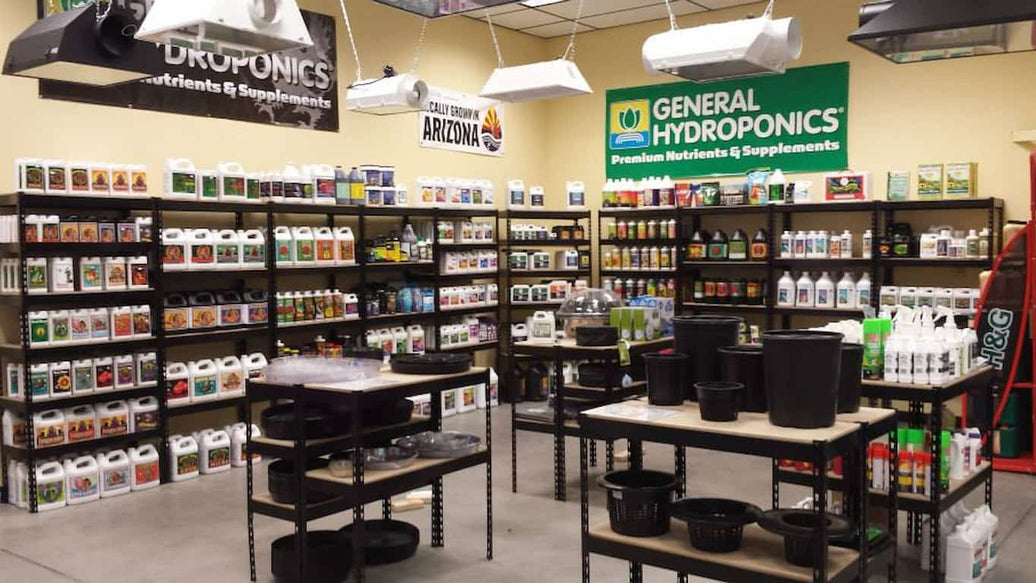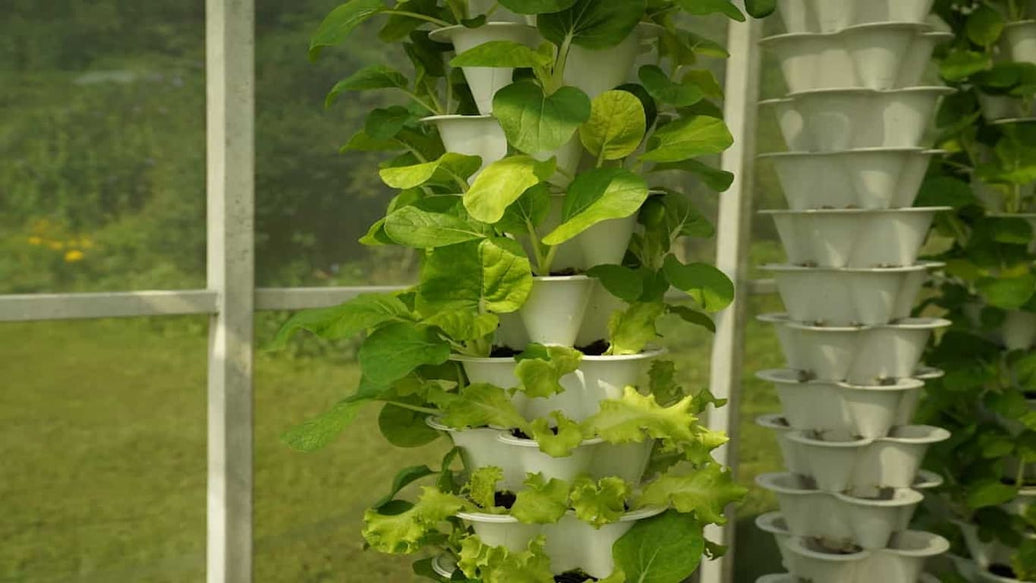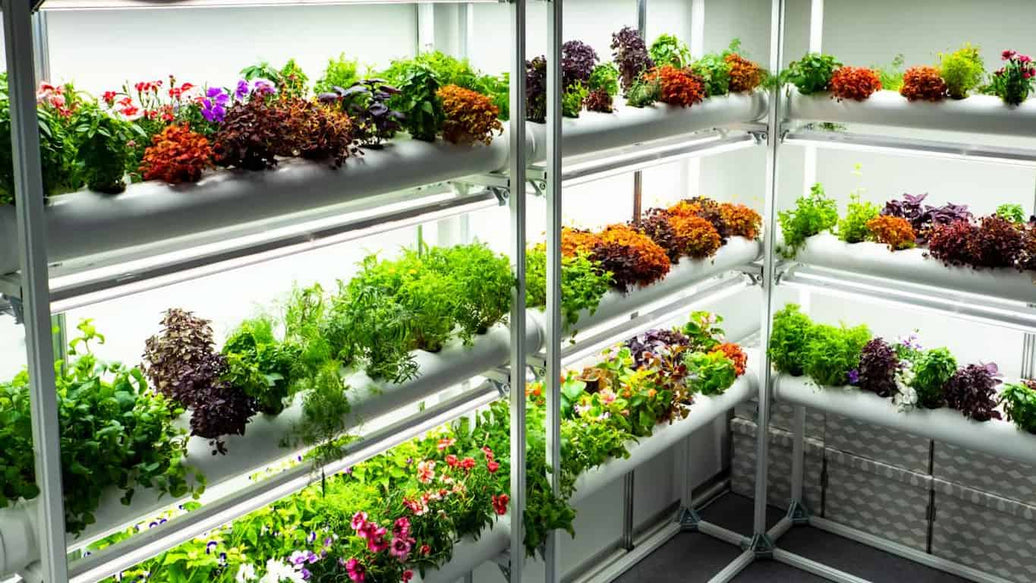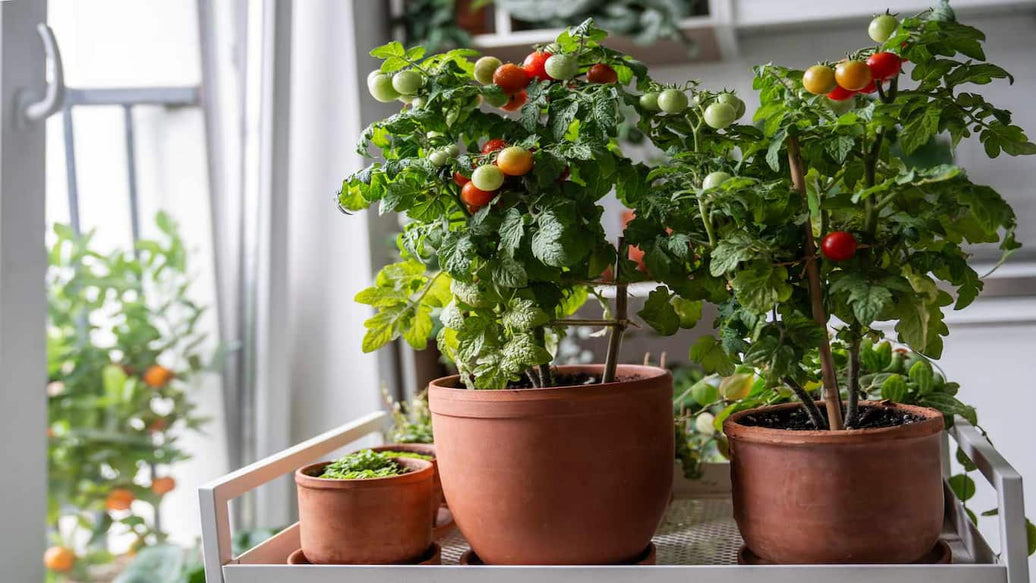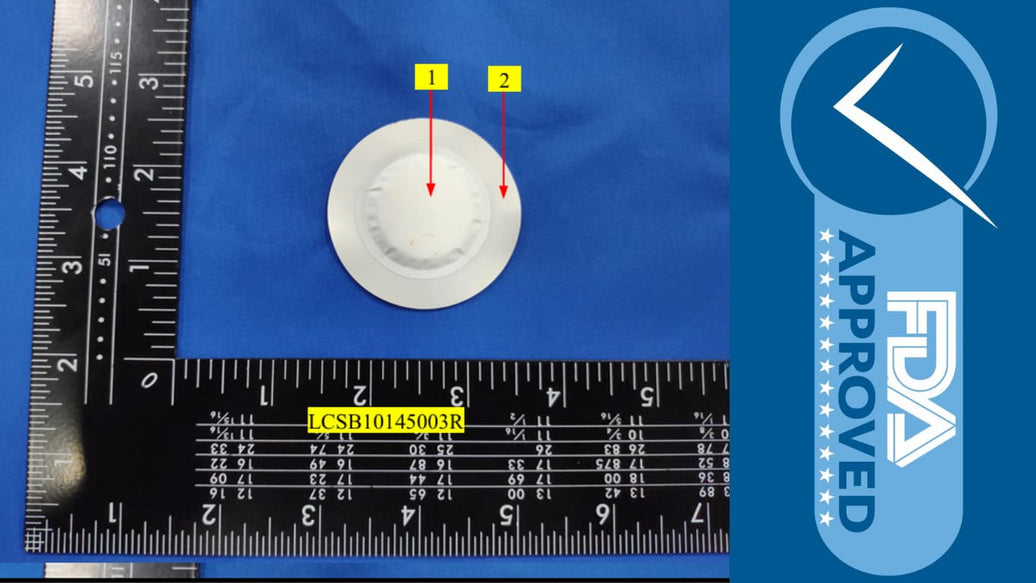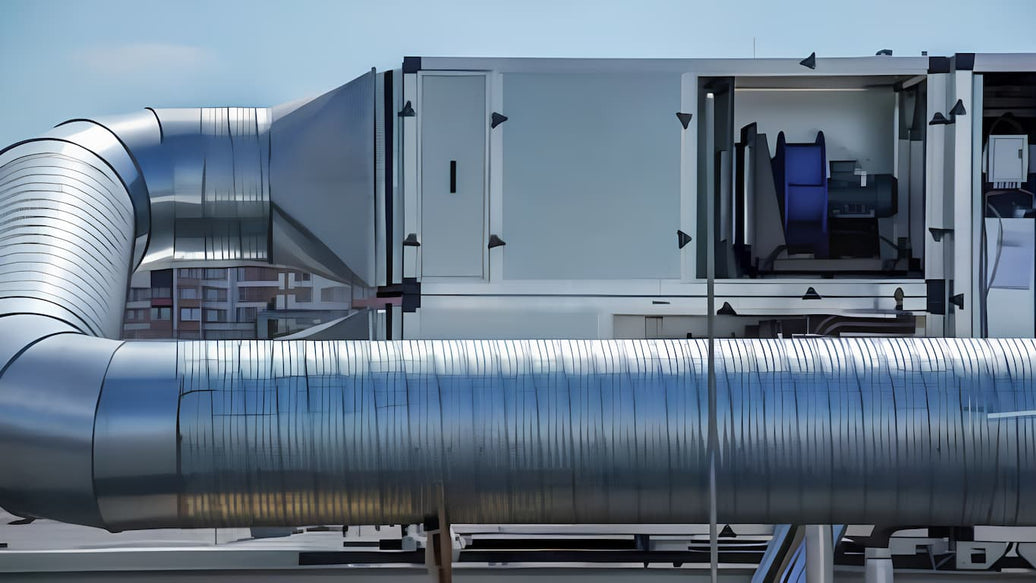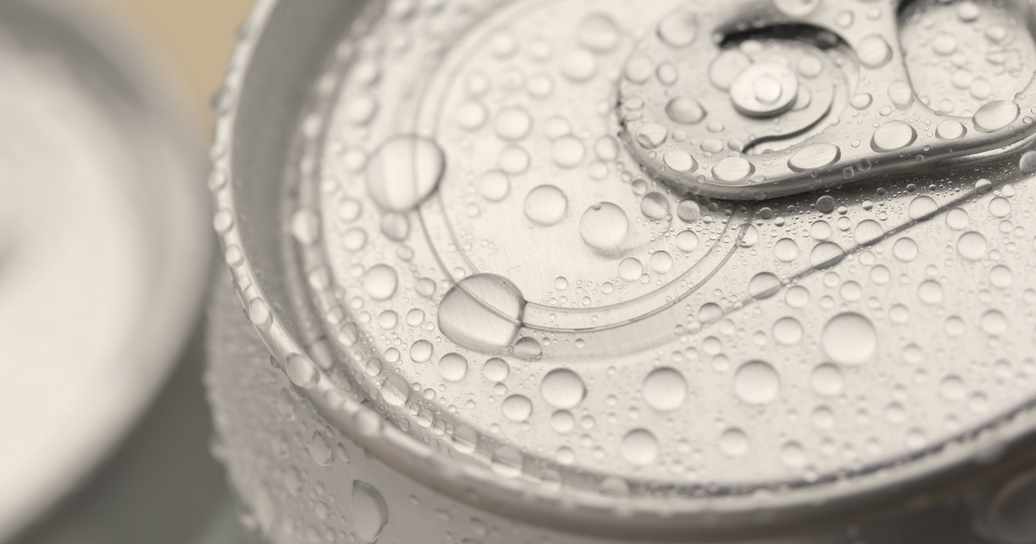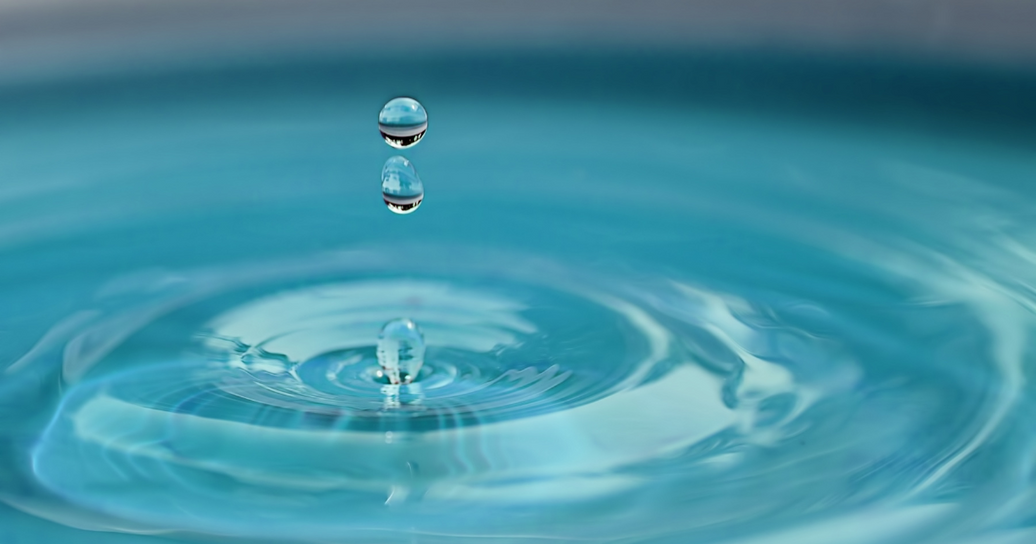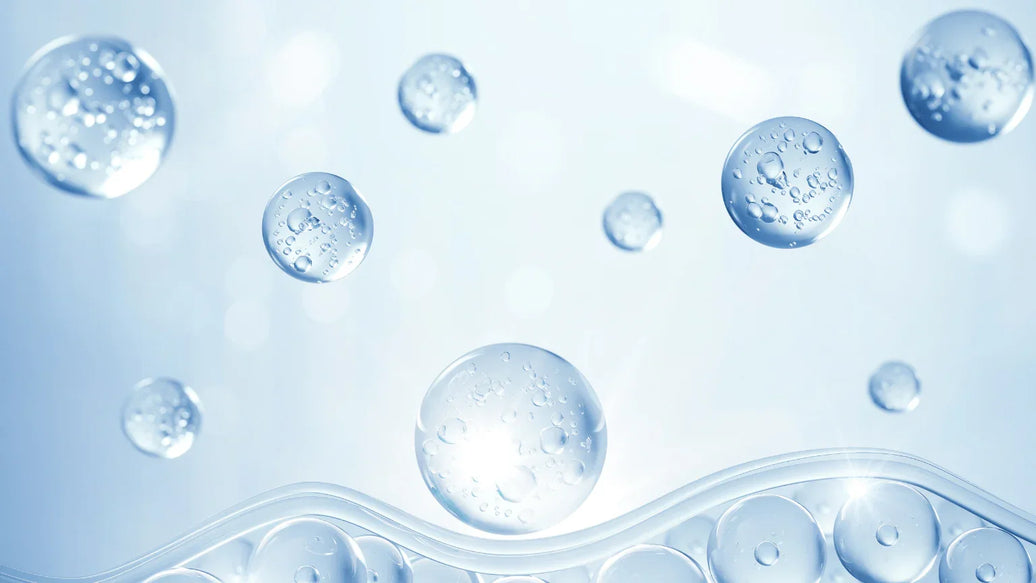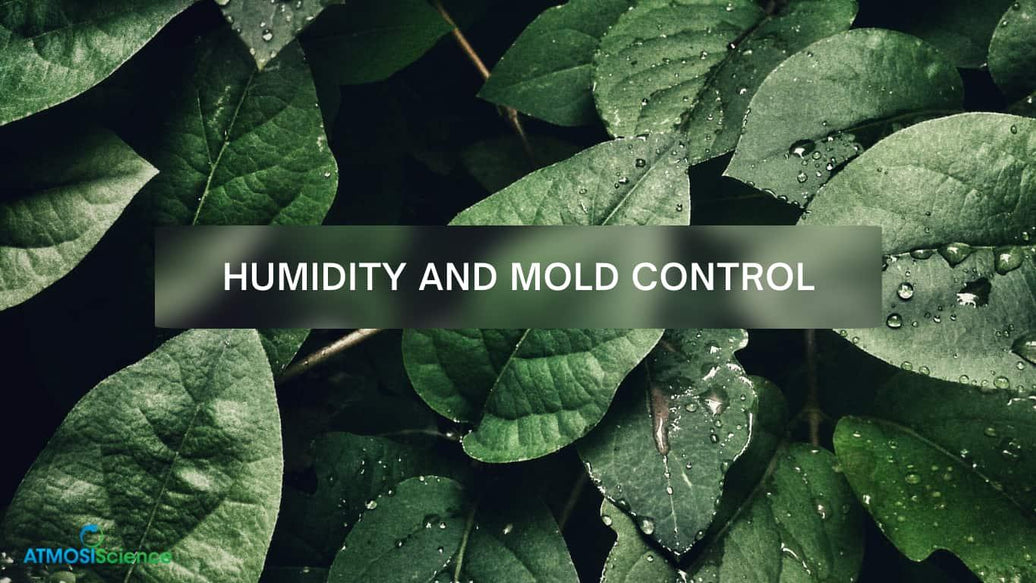Humidity plays a pivotal role in determining indoor air quality, comfort, and health. In summer, when outdoor humidity levels often peak, maintaining optimal indoor humidity becomes a challenge that requires a nuanced understanding of its impacts and control mechanisms. This blog delves into the scientific underpinnings of house humidity in summer management, its effects on health and infrastructure, and evidence-based strategies to optimize indoor conditions.

The science of humidity: definitions and seasonal dynamics
Understanding humidity
Humidity refers to the amount of water vapor present in the air. It is typically measured as relative humidity (RH), which expresses the percentage of water vapor in the air relative to the maximum amount it can hold at a given temperature. During summer, higher temperatures increase the air’s capacity to retain moisture, often leading to elevated RH levels indoors and outdoors. Understanding how humidity works is the first step in maintaining the best house humidity in summer.
Seasonal variations in humidity
Seasonal dynamics significantly influence humidity levels. In summer, warm air combined with increased evaporation rates from natural water bodies results in higher ambient RH. In regions with high rainfall or proximity to oceans, such as the southeastern United States, summer indoor RH can exceed 70%, necessitating active interventions to maintain comfort and prevent structural damage.
Health implications of summer humidity
Cardiovascular risks
Elevated RH during summer has been linked to increased cardiovascular strain. A recent study found that every 10% rise in RH correlates with a 7% increase in cardiovascular hospitalization risks due to mechanisms such as impaired evaporative cooling and heightened blood viscosity. Vulnerable populations, including older adults with pre-existing conditions like hypertension or diabetes, are particularly at risk. Cardiovascular Risk vs. Humidity Levels illustrates this relationship, showing increasing hazard ratios for cardiovascular events with rising RH levels. Thus, keeping humidity within the right range is essential for mitigating these risks and achieving the best humidity level for home in summer.

Respiratory health challenges
Humidity also affects respiratory health in complex ways. While moderate RH (40–60%) can alleviate symptoms of restrictive lung diseases by maintaining mucosal hydration, excessive RH (>60%) fosters conditions conducive to mold growth and allergen proliferation. Studies have shown that prolonged exposure to high RH exacerbates obstructive lung diseases by reducing lung function metrics such as forced expiratory volume (FEV1). Therefore, maintaining ideal humidity is key to respiratory wellness, impacting the house humidity in summer.
Heat-related illnesses
High humidity impairs thermoregulation by reducing sweat evaporation efficiency. This increases susceptibility to heat-related illnesses such as heat exhaustion and heat stroke during hot summer months. The combination of high temperature and RH creates a “heat index” that more accurately reflects perceived discomfort and health risks. This is a significant factor to consider when aiming for the best humidity level for home in summer.
Structural and environmental impacts of high indoor humidity
Mold growth and material degradation
Indoor RH exceeding 65% promotes mold growth within 48 hours on organic surfaces like wood or drywall. Mold not only compromises indoor air quality but also accelerates material degradation. Prolonged exposure to high humidity can warp wooden structures, corrode metal fixtures, and peel paint. Consequently, controlling humidity is essential for preserving property integrity and determining the ideal house humidity in summer.
Energy efficiency concerns
High humidity increases the cooling load on HVAC systems. Air conditioners designed primarily for temperature control may fail to adequately dehumidify air, leading to inefficiencies. Oversized HVAC systems exacerbate this issue by short cycling, leaving residual moisture unaddressed.
Optimal indoor humidity levels: Evidence-based recommendations to achieve the best humidity level for home in summer
Ideal ranges
The consensus among researchers is that indoor RH should be maintained between 40% and 50% during summer for optimal health and comfort. This range minimizes risks associated with microbial growth while ensuring thermal comfort. The relationship between ideal indoor humidity levels and outdoor temperatures emphasizes how recommended indoor RH decreases as outdoor temperatures drop, necessitating adaptive strategies to find the optimal house humidity in summer.

Regional considerations
In humid climates like Florida or Louisiana, achieving these targets requires more aggressive dehumidification strategies compared to arid regions. Factors such as building design (e.g., presence of vapor barriers) also influence achievable indoor RH levels. Adjusting humidity management based on regional climate is key for reaching the best humidity level for home in summer.
Strategies for controlling house humidity in summer
Mechanical solutions
Air conditioning systems
Central air conditioners reduce humidity by condensing water vapor on evaporator coils. However, their efficiency depends on proper sizing and runtime optimization. Studies show that setting thermostats at 74°F with continuous fan operation achieves better dehumidification compared to intermittent use. Efficient AC usage is essential for maintaining the optimal house humidity in summer.
Dehumidifiers
Portable dehumidifiers can remove up to 50 pints of moisture per day in small spaces, while whole-house dehumidifiers integrated into HVAC systems offer more comprehensive solutions. Advanced models equipped with hygrometers allow precise control over indoor RH levels. Figure Performance Metrics of Dehumidifiers highlights key metrics such as Coefficient of Performance (COP) and Moisture Removal Rate (MRR), emphasizing efficiency variations across models to determine the best house humidity in summer.

Ventilation enhancements
Installing energy recovery ventilators (ERVs) helps balance indoor-outdoor air exchange while minimizing moisture ingress during humid summers, supporting efforts to maintain the best humidity level for home in summer
Behavioral adjustments
- Reducing indoor moisture production by using exhaust fans during cooking or showering.
- Avoiding activities like drying clothes indoors without proper ventilation.
- Sealing leaks around windows and doors to limit external moisture entry.
Emerging research on humidity management
Smart home technologies
IoT-enabled devices now allow real-time monitoring and control of indoor humidity levels. These systems integrate data from sensors measuring temperature, RH, and even particulate matter (PM2.5) to optimize HVAC operations dynamically, contributing to efforts in finding the best humidity level for home in summer.
Innovative materials
Hydrophobic coatings on building materials are being developed to resist moisture absorption while maintaining breathability. Such materials could revolutionize construction practices in humid regions, helping to passively maintain the best humidity level for home in summer.
Effectively managing house humidity in summer is not just about comfort – it’s essential for your health, your home’s longevity, and your HVAC efficiency. By maintaining the best humidity level for home in summer-ideally between 40% and 50%, you can reduce the risks of mold, respiratory issues, and heat-related illnesses. Whether through dehumidifiers, ventilation upgrades, or smart home monitoring, proactive humidity control is key to a healthier, more energy-efficient living space. Visit ATMOSIScience to learn more and take control of your indoor climate today


